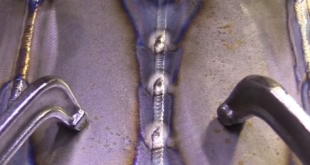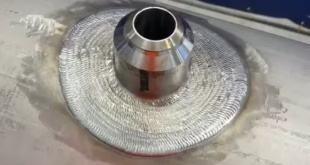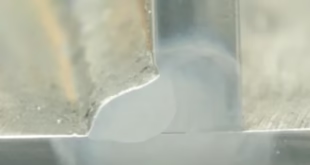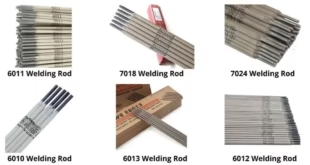Welding of High Tensile Strength Steel
Introduction
Welding high tensile strength steel is a critical task in numerous industries, from construction to automotive and aerospace. These materials, known for their exceptional strength and durability, require specialized welding techniques to maintain their integrity. In this article, we’ll dive into the intricacies of welding high tensile strength steel, exploring the challenges, techniques, and best practices to ensure strong, reliable welds.
Definition and Properties
High tensile strength steel is characterized by its ability to withstand significant stress without breaking or deforming. This type of steel has a high yield strength, which means it can endure substantial force before it begins to bend or stretch. Typically, these steels are alloyed with other elements like chromium, nickel, and molybdenum to enhance their mechanical properties.
Common Applications
Due to its robustness, high tensile strength steel is widely used in the construction of skyscrapers, bridges, and other structures requiring substantial load-bearing capacity. It’s also prevalent in the manufacturing of heavy machinery, military vehicles, and high-performance automotive parts.

Challenges in Welding High Tensile Strength Steel
Welding high tensile strength steel presents several challenges. The primary issues include:
Technical Difficulties
The high strength of these steels can lead to difficulties in achieving proper weld penetration and fusion. Inadequate welding parameters can result in weak joints that compromise the overall integrity of the structure.
Potential Issues like Cracking and Warping
High tensile strength steel is prone to cracking and warping during the welding process. This is often due to the high cooling rates, which can introduce residual stresses in the welded joint. Proper techniques and post-weld treatments are essential to mitigate these issues.
Preparation for Welding
Material Preparation
Before welding, it’s crucial to prepare the steel properly. This includes cleaning the surfaces to remove any contaminants like oil, rust, or mill scale. Clean surfaces ensure better weld quality and reduce the risk of defects.
Preheating Requirements
Preheating the steel before welding helps to reduce the cooling rate of the weld area, minimizing the risk of cracking. The preheating temperature depends on the thickness and grade of the steel but typically ranges from 100°C to 300°C.
Welding Techniques for High Tensile Strength Steel
Several welding techniques are suitable for high tensile strength steel, each with its advantages and considerations.
Shielded Metal Arc Welding (SMAW)
SMAW, or stick welding, is a versatile and widely used method for welding high tensile strength steel. It offers good penetration and can be performed in various positions. However, it requires skilled operators to manage the manual process effectively.
Gas Metal Arc Welding (GMAW)
GMAW, commonly known as MIG welding, is another popular technique. It provides high deposition rates and is suitable for both thick and thin sections of high tensile strength steel. This method is often preferred for its efficiency and ease of automation.
Flux-Cored Arc Welding (FCAW)
FCAW is similar to GMAW but uses a flux-cored wire instead of a solid wire. This process is excellent for welding thicker sections and is often used in heavy industrial applications. The flux core helps to protect the weld pool from contamination.
Submerged Arc Welding (SAW)
SAW is ideal for welding large, thick sections of high tensile strength steel. It provides deep penetration and high deposition rates, making it suitable for heavy-duty structural applications. The process is usually automated, ensuring consistent weld quality.
Specific Details on Compatible Rods
Choosing the right filler material is crucial for welding high tensile strength steel. Here are some common filler rods and electrodes used in the process:
Overview of Filler Materials
Filler materials must match the mechanical properties of the base metal to ensure a strong, durable weld. They are typically selected based on the specific grade of steel being welded and the desired properties of the finished joint. The correct filler rod or electrode helps in achieving a weld that can handle the same stress and load as the base metal.
E7018
The E7018 electrode is a low-hydrogen, iron powder electrode that provides high-quality and crack-resistant welds. It offers excellent toughness and ductility, with a tensile strength of approximately 70,000 psi (pounds per square inch). The low hydrogen content reduces the risk of hydrogen-induced cracking. This electrode is widely used in structural welding, including bridges and buildings, where high tensile strength is required. It is also suitable for welding thick sections of high-tensile strength steel.
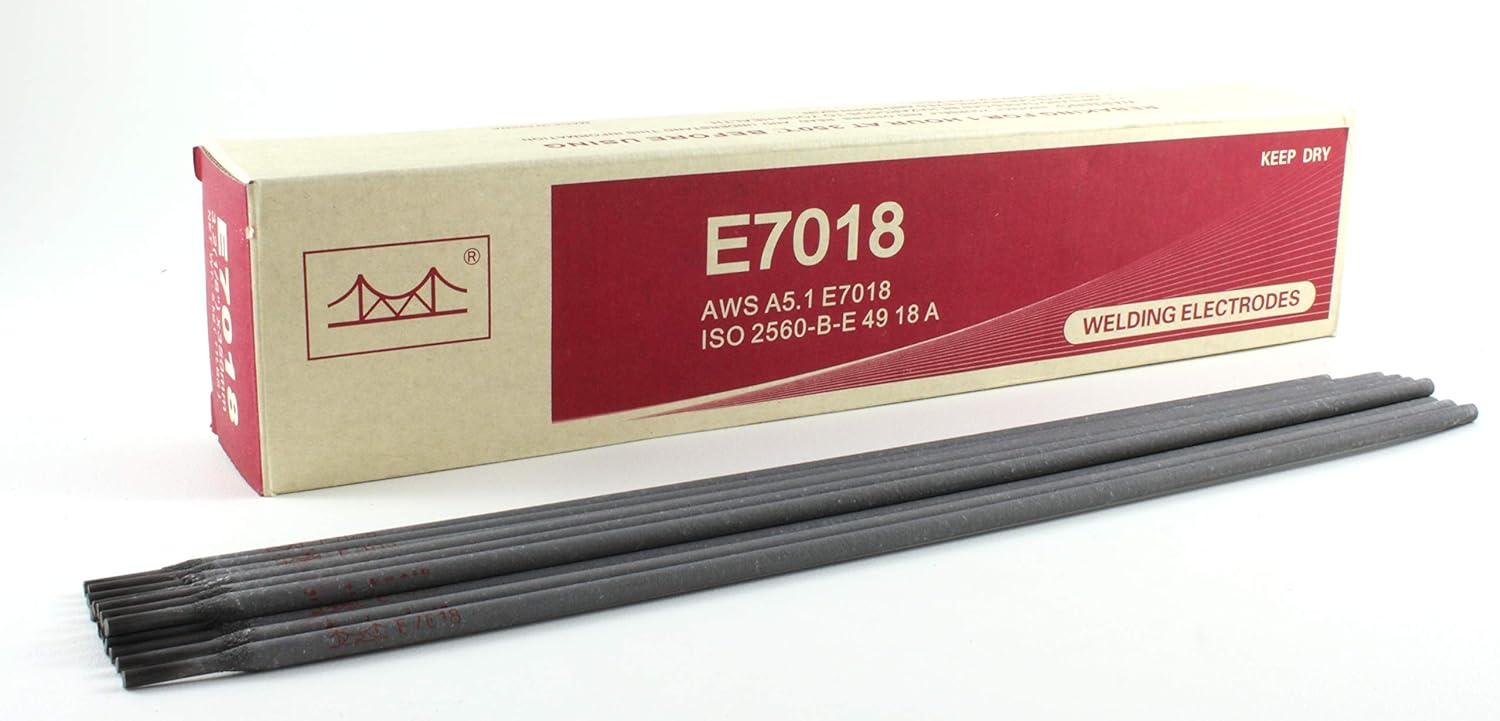
Check Price on Amazon
E11018
The E11018 electrode is designed for welding high-strength, low-alloy steels. It is a low-hydrogen electrode similar to E7018 but with higher strength properties. It provides a higher tensile strength of about 110,000 psi. This makes it suitable for applications where the weld must match or exceed the strength of the base metal.E11018 is ideal for critical applications such as pressure vessels, heavy equipment, and structural components in high-stress environments.
ER70S-6
ER70S-6 is a solid MIG welding wire commonly used for welding both mild and high tensile strength steels. It offers good weldability with high deposition rates. The wire has deoxidizers that allow it to perform well over mill scale and rust, producing a smooth weld bead with good mechanical properties. This filler wire is used extensively in automotive repair, construction, and fabrication industries. It is especially useful for welding thin to medium sections of high tensile strength steel.
ER100S-G
ER100S-G is a filler wire used for welding high-strength steels requiring high impact toughness and crack resistance.It has a tensile strength of about 100,000 psi and is designed to produce welds with excellent toughness and resistance to hydrogen-induced cracking. This wire is often used in demanding applications such as heavy machinery, crane construction, and pressure vessels where high-strength welds are crucial for safety and performance.
Post-Weld Treatments
Proper post-weld treatments are essential to ensure the longevity and performance of welded high tensile strength steel.
Stress Relief Methods
Stress relief is achieved by heating the welded component to a specific temperature and holding it there to allow the stresses to dissipate. This helps to reduce the risk of cracking and distortion.
Post-Weld Heat Treatment
Post-weld heat treatment (PWHT) involves heating the weld and surrounding material to a temperature below the transformation range, followed by controlled cooling. This process enhances the mechanical properties of the weld and improves its overall performance.
Quality Control and Testing
Ensuring the quality of welds in high tensile strength steel is paramount. Here are some common methods:
Non-Destructive Testing Methods
Non-destructive testing (NDT) techniques, such as ultrasonic testing (UT), radiographic testing (RT), and magnetic particle testing (MPT), are used to detect internal and surface defects without damaging the welded component.
Ensuring Weld Integrity
Regular inspection and testing are essential to maintain weld integrity. Adhering to established welding procedures and standards helps ensure that the welds meet the required specifications and perform reliably in service.
FAQs
What is the best welding technique for high tensile strength steel?
The best welding technique depends on the specific application and requirements. Shielded Metal Arc Welding (SMAW) and Gas Metal Arc Welding (GMAW) are commonly used methods, but Flux-Cored Arc Welding (FCAW) and Submerged Arc Welding (SAW) are also effective for certain applications.
Why is preheating necessary for welding high tensile strength steel?
Preheating helps to reduce the cooling rate of the weld area, minimizing the risk of cracking and distortion. It ensures a more uniform temperature distribution and reduces residual stresses in the welded joint.
What are the common applications of high tensile strength steel?
High tensile strength steel is used in construction, automotive, aerospace, and heavy machinery manufacturing. Its high strength and durability make it ideal for load-bearing structures, military vehicles, and high-performance components.
How do you prevent cracking when welding high tensile strength steel?
Preventing cracking involves proper material preparation, preheating, selecting the right filler materials, and using appropriate welding techniques. Post-weld heat treatment and stress relief methods also play a crucial role in reducing the risk of cracking.
What post-weld treatments are recommended for high tensile strength steel?
Post-weld heat treatment (PWHT) and stress relief are commonly recommended post-weld treatments. These processes help to improve the mechanical properties of the weld, reduce residual stresses, and enhance overall weld performance.
Conclusion
Welding high tensile strength steel requires careful consideration of various factors, from material preparation and welding techniques to post-weld treatments and quality control. By following best practices and using appropriate filler materials, you can achieve strong, durable welds that stand up to the demands of their applications. Remember, the key to successful welding lies in understanding the unique properties of high tensile strength steel and applying the right techniques to manage its challenges effectively.
 Welding of Welders All about Welding and Welders
Welding of Welders All about Welding and Welders
